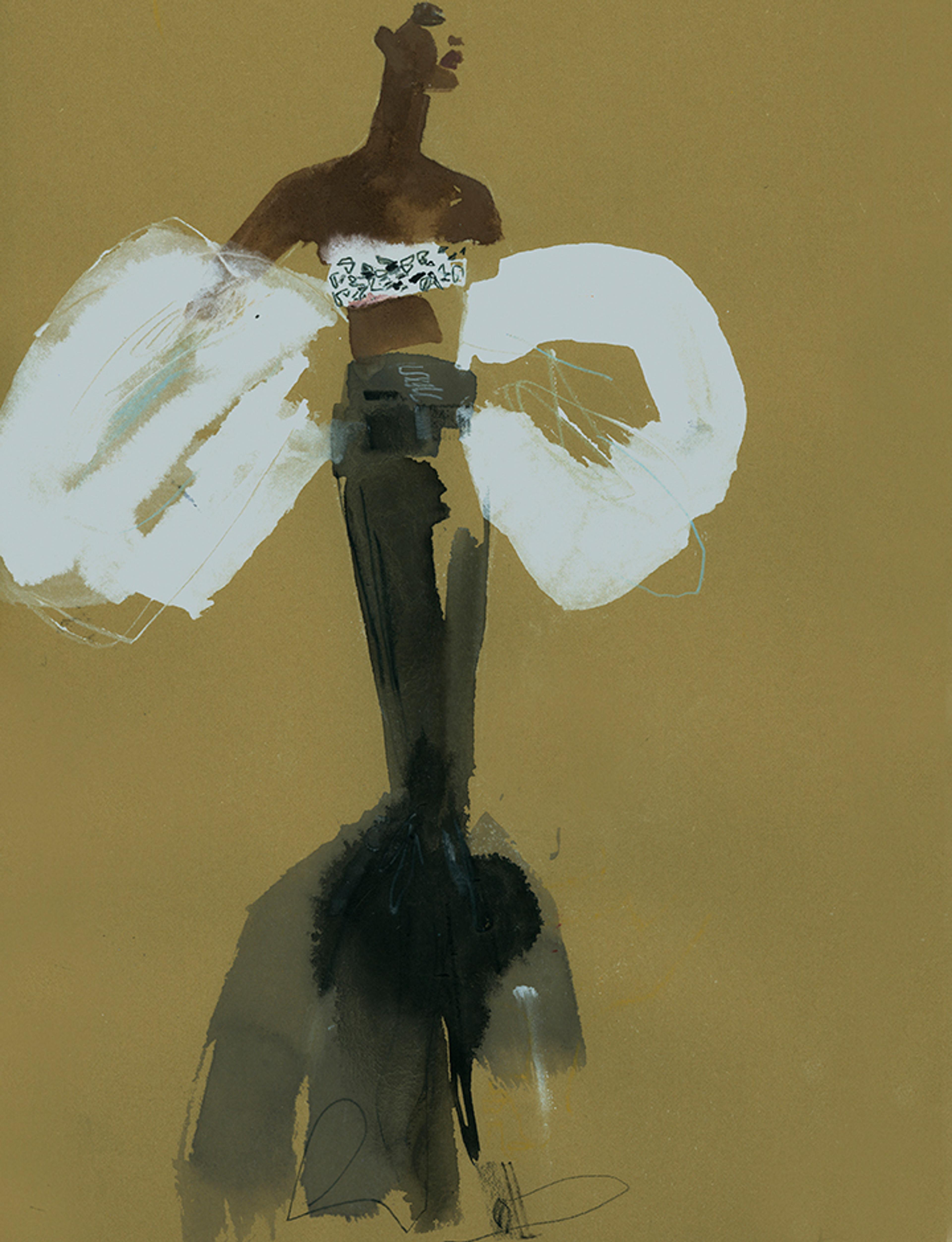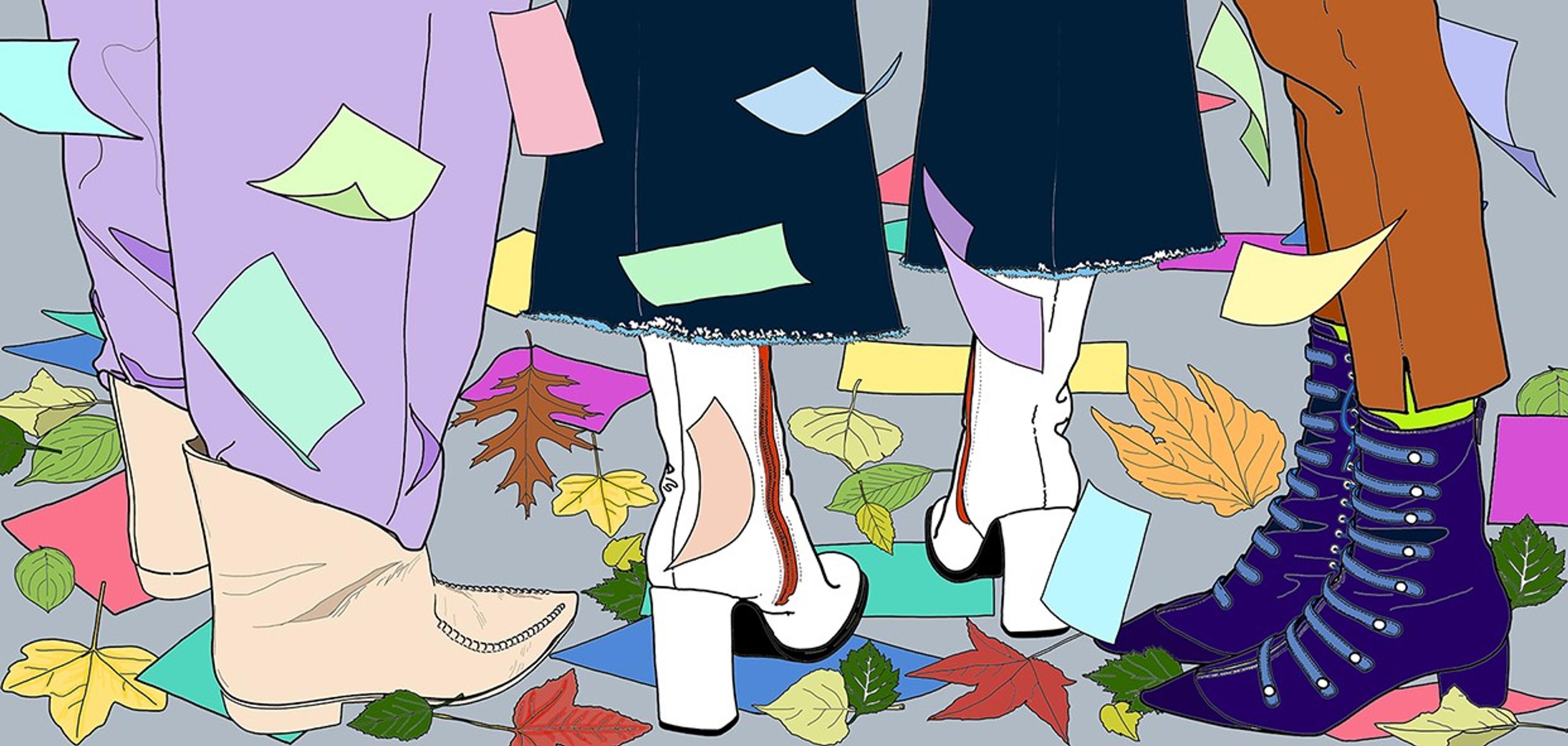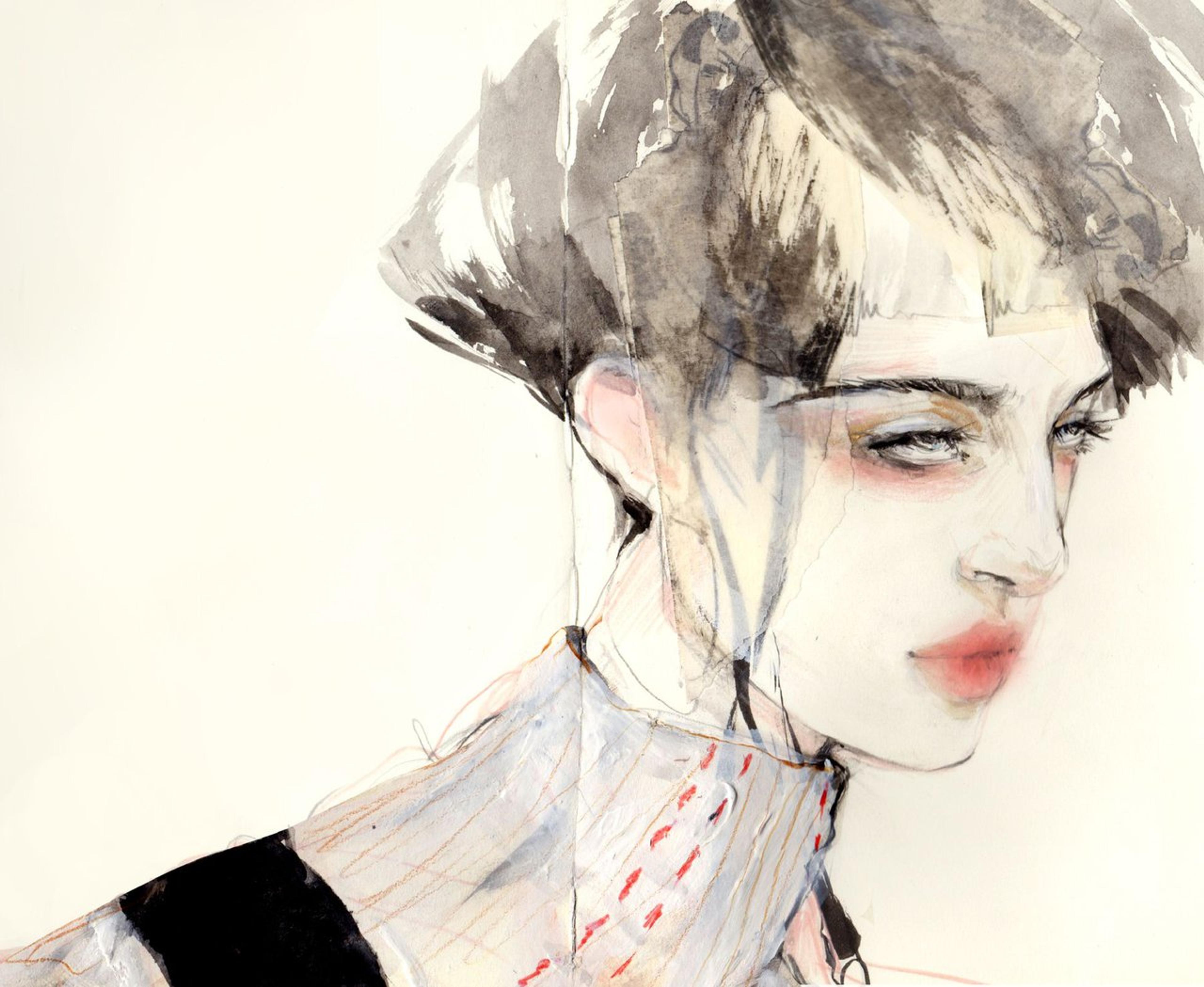From the experts: advice for emerging fashion illustrators
by Josie Spalla, Quentin Blake Centre team
Getting started in the world of fashion illustration can be daunting. We asked the panel of experts from our Industry Insight: Fashion Illustration event to share their top tips for emerging fashion illustrators.

"Style takes time to develop, through practice and the exploration of different media and processes. Know all the rules thoroughly. Then break them."
Bil Donovan

“Be curious about everything as you never know where inspiration might lie. Explore the type of fashion that engages you (modern, vintage, avant-garde). Cultivate your creative process and be aware of how you work, whether fast and fluid or slow and considered. This will help direct your career. Connecting with other illustrators and creatives from various industries can have a hugely positive impact on your well-being and career.”
Montana Forbes

“Practice drawing as much as you can, especially in live settings and life drawing – this will help you find your natural line, style and voice. Be true to yourself, be brave and make work you like – your passion will shine through on the page. Passion is infectious and is your most powerful tool.”
Joanna Layla

“Fashion illustration is a form of artistry and therefore needs daily ritual and practice. Never give up because you think your work won't be good enough, but think of your creativity as a never-ending journey. The journey consists of trial and error, so enjoy all the ups and downs. You will be surprised by what you come up with if you allow yourself.”
Connie Lim

“When looking for inspiration, don’t look at other fashion illustrators as that can be both limiting and intimidating. Try looking at fine art, architecture and nature, or challenge yourself using different materials and tools. If you usually paint small and detailed, try a big, fat brush. If you usually paint on a white sheet of paper, try a coloured one, or if you have a ‘go-to tool’ in Photoshop, see what happens if you force yourself not to use it. Keep being curious and be open to those happy accidents.”
Stina Persson